This technology is widely used in the production of consumer electronics, such as smartphones, laptops, and televisions. The SMT assembly process involves attaching components to the surface of a PCB rather than through holes in the board, as was previously done with through-hole technology.
SMT components are smaller, lighter, and more cost-effective than their through-hole counterparts, making them ideal for high-volume production.
The SMT assembly process is highly automated, with machines placing and soldering components at a high rate of speed. The process requires a high degree of precision, as components must be placed accurately to ensure proper electrical connectivity and avoid errors. SMT assembly also offers the advantage of greater design flexibility, allowing for more complex circuit layouts and higher component density on the board [1].
SMT technology has rapidly evolved over the years, with advancements such as the miniaturization of components and the introduction of new materials and techniques. This has led to improvements in the quality, reliability, and efficiency of SMT assembly, making it an essential technology in the electronics industry. The use of SMT assembly has also led to the development of new products and applications, including wearable technology, Internet of Things (IoT) devices, and smart home systems.
Despite its many advantages, SMT assembly does have its challenges. One of the main challenges is the need for specialized equipment and expertise, which can be costly for small-scale manufacturers. Additionally, the small size of SMT components can make inspection and repair difficult, which can increase the risk of errors and defects.
What Is SMT (Surface Mount Technology) Assembly: The Basics
Surface mount technology, or SMT, is a method of electronic assembly where components are placed directly onto the surface of printed circuit boards (PCBs) and soldered. It is the most commonly used form of electronic component packaging in modern electronics. This type of packaging offers several advantages over traditional through-hole mounting, including lower cost, higher efficiency, and increased design flexibility [2].

SMT assembly involves placing components onto an assembled PCB by hand or with automated machines such as pick-and-place machines. Once all components have been placed onto the board, they must be soldered to ensure that they remain firmly attached to the board. This can be accomplished either manually using a soldering iron or automatically with a solder reflow oven.
In order to ensure accuracy and reliability, SMT assembly requires precise measurements and tight tolerances. Components must be placed in the correct position on the board and all soldered joints must meet exact requirements for electrical performance. Additionally, quality control measures such as visual inspections, x-ray imaging, thermal imaging, and other tests are employed to verify that all components are correctly assembled and functioning properly before they are shipped out to customers.
SMT assembly is a critical step in the production of modern electronic products and plays an important role in their overall quality and reliability. With advances in automation technologies, this manufacturing process has become increasingly efficient over time while still maintaining high standards for precision. As a result, it remains one of the most reliable and cost-effective methods of electronic component assembly.
SMT Manufacturing Process
1) SMC and PCB Preparation
The first step in the SMT manufacturing process is to prepare the surface mount components (SMCs) and the PCB. The SMCs are usually delivered in tape and reel packaging, which is then placed onto a pick-and-place machine. The PCBs are usually manufactured with copper layers and are coated with a solder mask that protects the copper tracks from being short-circuited during the assembly process.
2) Solder Paste Printing
The next step is to apply solder paste to the PCB.
The solder paste is applied to the PCB using a stencil that is placed over the board, and then the paste is forced through the openings in the stencil using a squeegee.
3) Components Placement
Once the solder paste has been applied, the SMCs are placed onto the PCB using a pick-and-place machine. The pick-and-place machine uses a vacuum nozzle to pick up the SMCs from the tape and reel packaging and place them onto the correct location on the PCB. The machine uses a vision system to ensure that the SMCs are placed accurately and with the correct orientation [3].
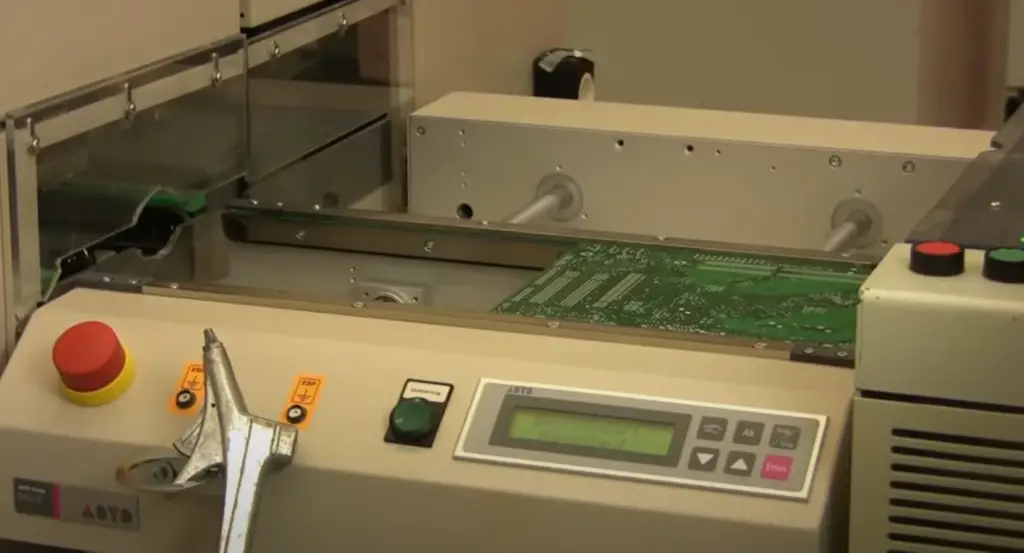
4) Reflow Soldering
After the components have been placed onto the PCB, the board is placed into a reflow oven. The reflow oven heats the board to a temperature that melts the solder paste and creates a permanent electrical connection between the SMC and the PCB. The reflow oven uses a temperature profile that is carefully designed to ensure that the board is heated evenly and that the solder paste melts completely.
5) Cleaning and Inspection
The final steps in the SMT manufacturing process are cleaning and inspection. The board is cleaned to remove any remaining flux residue or other contaminants that may have accumulated during the manufacturing process. The board is then inspected to ensure that all of the components are properly placed and that the solder joints are free from defects.
Uses for Surface Mount Technology
Surface mount technology is used in a wide range of electronic devices, from smartphones and tablets to computers and other consumer electronics. The ability to produce high-density circuit boards with a low number of manufacturing steps makes SMT a popular choice for manufacturers looking to produce high-quality, cost-effective electronic products.
One of the key advantages of SMT is the ability to use fine-pitch components. Fine-pitch components are electronic components with a small pitch or distance between the pins. This allows manufacturers to produce smaller and more compact electronic devices, which is particularly important for portable devices like smartphones and tablets.
SMT also allows for a high degree of automation in the manufacturing process. The use of pick-and-place machines and other automated equipment allows for faster and more consistent assembly of electronic devices, which can help to reduce manufacturing costs and improve quality.
In addition to its use in consumer electronics, SMT is also used in a variety of other industries, including automotive, aerospace, and medical devices. The ability to produce high-density circuit boards with a low number of manufacturing steps makes SMT an attractive option for manufacturers in these industries looking to produce high-quality, reliable products [4].
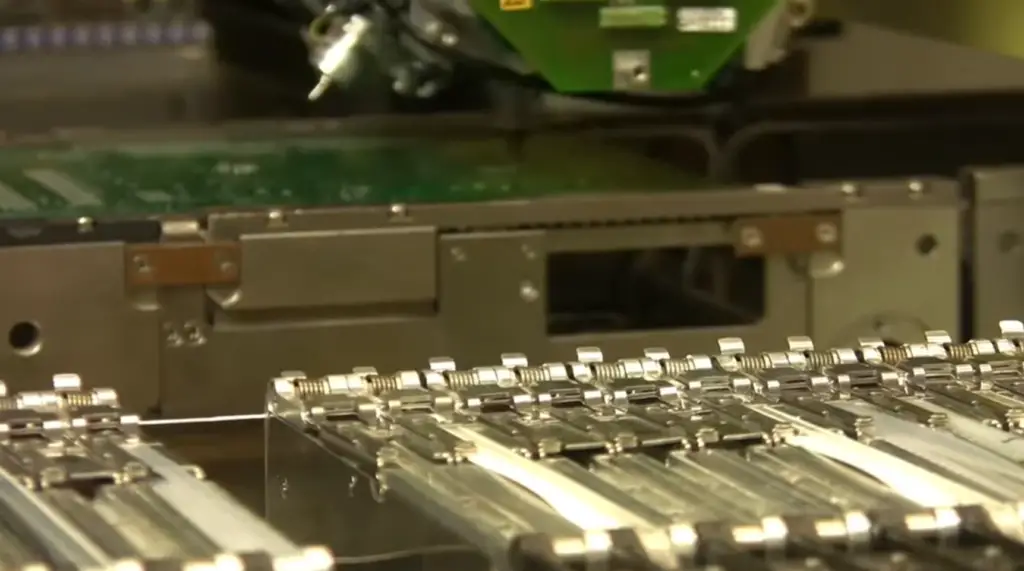
Surface Mount Technology Advantages
Affordability
One of the biggest advantages of SMT is its affordability. SMT components are typically smaller and lighter than through-hole components, which makes them less expensive to produce and transport. Additionally, SMT assembly is often faster and more efficient than through-hole assembly, which can also reduce costs.
Efficiency
SMT assembly is a highly efficient process. The automated equipment used in SMT assembly can place components on a PCB at a much faster rate than through-hole assembly. This can lead to faster production times and increased productivity, which is particularly important for companies looking to stay competitive in today’s fast-paced market.
Simplicity
SMT assembly is a simpler process than through-hole assembly. The absence of leads and the ability to mount components directly onto the surface of the PCB eliminates the need for drilling and other complex assembly steps. This reduces the number of components needed for the assembly process and simplifies the manufacturing process.
Less Prone to Error
SMT assembly is less prone to errors than through-hole assembly. The automated equipment used in SMT assembly is highly accurate and can place components in precise locations on the PCB. This reduces the likelihood of components being misplaced or incorrectly oriented, which can lead to costly errors and delays.
The Ability to Automate
SMT assembly can be fully automated, which reduces the need for manual labor and increases efficiency. Automated equipment can perform a range of assembly tasks, including component placement, soldering, and inspection. This can lead to faster production times and increased productivity.
The Ability to Use Smaller Components
SMT components are typically smaller than through-hole components, which allows for increased component density on a PCB. This allows for more functionality to be packed into a smaller space, which is particularly important for smaller electronic devices.
The Ability to Use Higher-Powered Components
SMT assembly allows for the use of higher-powered components than through-hole assembly. The small size of SMT components allows for increased heat dissipation, which makes it possible to use components with higher power ratings. This is particularly important for electronic devices that require high power, such as power supplies or audio amplifiers.
High Component Density
SMT assembly allows for high component density on a PCB. The absence of leads and the ability to mount components directly onto the surface of the PCB allows for more components to be packed into a smaller space. This allows for more functionality to be packed into a smaller device.
Smaller Footprint
SMT assembly results in a smaller footprint than through-hole assembly. The smaller size of SMT components allows for a smaller PCB size, which is particularly important for smaller electronic devices. This can also reduce the cost of the device by reducing the amount of material needed for the PCB.
Reduced Weight
SMT assembly results in a reduced weight compared to through-hole assembly. The smaller size and reduced material usage of SMT components result in a lighter weight PCB. This is particularly important for portable electronic devices that need to be lightweight and easy to carry.
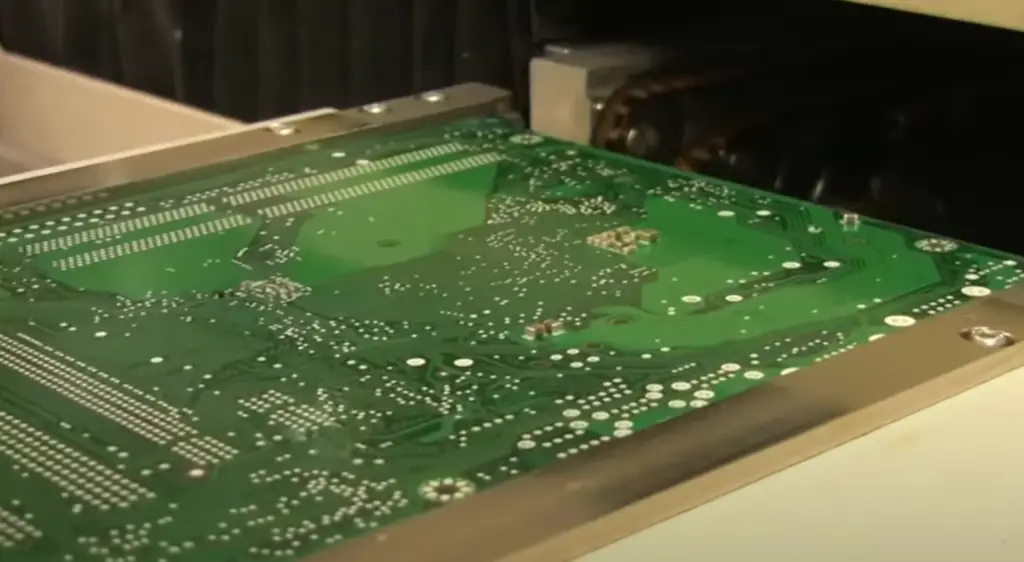
The Benefits SMT Brings To the PCB Assembly Process
Eases Assembly
One of the main benefits of SMT is that it eases the PCB assembly process. This is because SMT components are smaller and lighter than traditional through-hole components. This means that PCBs can be populated with more components per unit area, which in turn leads to smaller and more compact PCBs. The smaller size of the components also means that there are fewer holes to drill, which results in a faster and more efficient PCB assembly process.
Additionally, SMT components are easier to automate, which further streamlines the assembly process. This makes it possible to assemble PCBs more quickly and efficiently, reducing the time and cost associated with production. The use of automated equipment also reduces the risk of human error, resulting in a higher level of precision and consistency in the assembly process.
Reliability
Another key benefit of SMT is its reliability. SMT components are attached directly to the surface of the PCB using solder paste and a reflow oven. This direct attachment creates a strong and reliable mechanical bond between the component and the PCB, which is less prone to failure than traditional through-hole components.
SMT components are also less likely to experience thermal stress during the assembly process. This is because they are attached to the surface of the PCB, which allows heat to dissipate more evenly. This reduces the risk of component failure due to thermal stress, which is a common problem with through-hole components [5].
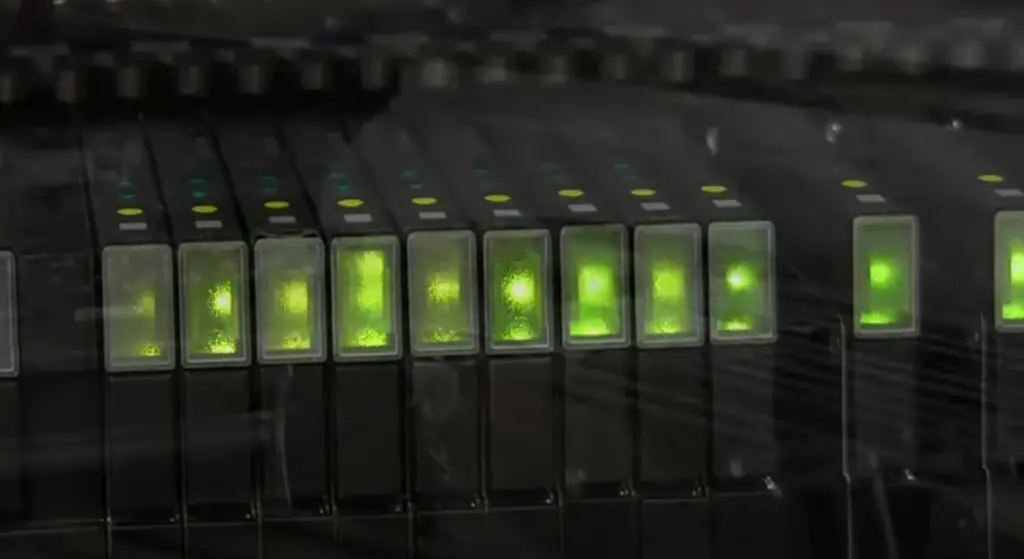
The Ability to Use Fine Pitch Components
SMT allows for the use of fine-pitch components, which are components with a narrow spacing between their leads. Fine-pitch components are typically used in high-density applications, where space is limited, and there is a need for a large number of components. The use of fine-pitch components enables the design of smaller, more compact PCBs, which is especially important in portable electronic devices.
Versatility
SMT is a versatile technology that can be used to assemble a wide variety of PCBs. This includes single-sided, double-sided, and multilayer PCBs, as well as flexible and rigid-flex PCBs. SMT components can be placed on both sides of the PCB, which allows for a greater degree of flexibility in the design of the circuit board.
The versatility of SMT also extends to the types of components that can be used. SMT components come in a wide range of sizes and shapes, which allows for a high degree of flexibility in the design of the PCB. This makes it possible to customize the PCB to meet the specific requirements of the application, without compromising on performance or reliability.
The Ability to Use Mixed Technology PCBs
Another benefit of SMT assembly is the ability to use mixed technology PCBs. Mixed technology PCBs are PCBs that contain both surface mount and through-hole components. In some cases, through-hole components may be required for mechanical strength or high-power applications. SMT assembly allows for both types of components to be used on the same board.
This is particularly useful for designs where a mix of technologies is required to achieve the desired functionality. SMT components can be used for smaller, more intricate parts of the design, while through-hole components can be used for larger, high-power parts of the circuit.
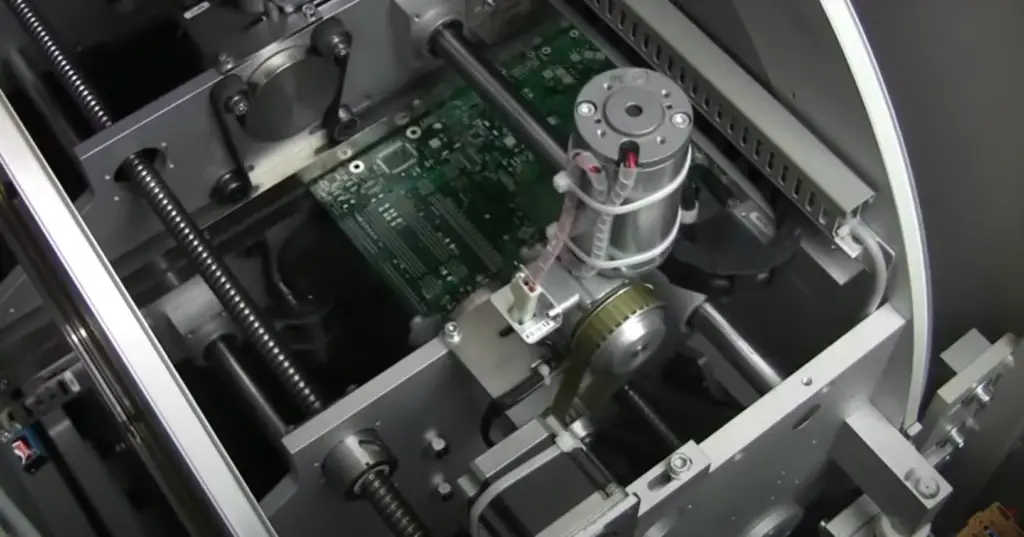
Furthermore, mixing technologies in the same PCB design can offer cost and space savings, since it can reduce the number of layers required in a PCB design. This can lead to a reduction in overall production cost and can make it easier to fit the final product into a smaller form factor.
Disadvantages Of Surface Mount Technology
SMT assembly can be a challenging and complex process that requires specialized equipment, processes, and expertise to ensure high yields.
Additionally, SMT components are smaller than through-hole components making them more difficult to handle. Adhesives used in the process must be compatible with both the PCB material and the component materials; otherwise, it could damage them or cause electrical shorts leading to reliability issues.
Low-temperature solder pastes may also increase complexity as they require stringent control over time and temperature profiles for proper reflow soldering.
Finally, due to the smaller size of SMT components compared to through-hole parts, automated placement accuracy is critical for proper part placement on boards. Any misalignment or improper orientation will usually result in a rejected board.

What Is The Difference Between SMT And SMD?
Surface Mount Technology (SMT) and Surface Mount Device (SMD) are actually two different methods of assembling electronic components onto Printed Circuit Boards (PCBs).
SMT is a manufacturing assembly process that involves soldering small surface-mount components directly to the board.
SMD, on the other hand, is an assembly method where devices are placed on the board and held in place by mechanical or adhesive means. The electrical connection is then made with conductive silver epoxy or solder paste.
Both processes use automated machines to pick up and place the parts in precise locations on the board. However, SMD requires more manual labor since each component must be individually aligned and handled with tweezers before being secured in place.
SMT is a more efficient process since it allows for the direct placement of components onto a board without manual labor. This makes the assembly process faster and more cost-effective. Additionally, SMT boards generally have higher component densities than those assembled with SMD methods [6].

FAQ
1. What is an SMT motherboard?
SMT motherboards are commonly used in modern electronic devices, including computers, smartphones, and other consumer electronics.
2. Why is SMT called SMT?
SMT is called SMT because it refers to the technology used to attach electronic components to a PCB’s surface. This is done by soldering tiny components directly onto the board, as opposed to the older technology of inserting components through holes in the board (known as through-hole technology or THT) [7].
3. What are SMT components types?
SMT components come in various types, including resistors, capacitors, diodes, transistors, integrated circuits (ICs), and many others. These components are generally smaller, lighter, and more efficient than their through-hole counterparts.
4. What is an example of SMT?
Examples of devices that use SMT technology include smartphones, laptops, tablets, and other mobile devices. SMT is also used in automotive electronics, medical devices, and industrial control systems.
5. What are the main SMT assembly steps?
The main SMT assembly steps include:
- Solder paste application;
- Component placement;
- Reflow soldering;
- Inspection;
- Testing;
Each of these steps requires specialized equipment and expertise to ensure the quality and reliability of the finished product.
6. What are standard SMT components?
Standard SMT components include surface-mount resistors, capacitors, diodes, transistors, and ICs. These components are typically available in a range of sizes and specifications to meet the needs of various electronic devices.
7. How many types of SMT components are there?
There are many types of SMT components, including passive components (such as resistors and capacitors), active components (such as transistors and ICs), and connectors. The specific types of SMT components used in a particular application will depend on the requirements of the device and the circuitry being designed.
8. What machine is used in SMT?
Several types of machines are used in SMT assembly, including pick-and-place machines, stencil printers, reflow ovens, and inspection machines. These machines are typically computer-controlled and highly automated, allowing for efficient and precise assembly of electronic components.
9. What is SMT material?
SMT materials refer to the various components and materials used in SMT assembly, including PCBs, solder paste, and electronic components. These materials must be carefully selected and tested to ensure that they are compatible with the assembly process and meet the necessary quality and reliability standards.
10. Is SMT a semiconductor?
SMT is not a semiconductor in itself, but rather a method of attaching electronic components to a PCB’s surface. The components themselves may be semiconductors, or they may be passive components such as resistors and capacitors [8].
11. How many machines are used in SMT?
The number of machines used in SMT assembly will depend on the specific requirements of the application and the complexity of the circuitry being designed. Typically, several machines are used in the SMT assembly process, including pick-and-place machines, stencil printers, reflow ovens, and inspection machines.
12. What is SMT soldering?
This is typically done using a reflow soldering process, which involves heating the PCB and components to a specific temperature to melt the solder and form a reliable electrical connection.
13. Where is SMT in BIOS?
SMT is not directly related to the BIOS (basic input/output system) of a computer. It is a technology used in the design and assembly of electronic components on the motherboard and other hardware components [9].
14. What are SMD or SMT components?
SMD (surface-mount device) or SMT (surface-mount technology) components are electronic components that are designed to be mounted directly onto the surface of a printed circuit board (PCB) using solder paste. They are typically smaller and more compact than through-hole components, making them ideal for use in small electronic devices such as smartphones, laptops, and tablets.
15. Should I disable SMT?
Disabling SMT (Simultaneous Multi-Threading) can result in improved performance in certain applications that are not optimized for multi-threaded processing, such as gaming. However, SMT can be beneficial for multi-threaded applications, such as video editing or 3D rendering. Ultimately, whether or not to disable SMT depends on the specific use case and individual preference.
16. What is SMT Intel CPU?
An SMT Intel CPU is a processor that uses Simultaneous Multi-Threading (SMT) technology to improve performance in multi-threaded applications. This technology allows each physical core in the CPU to execute multiple threads simultaneously, resulting in improved overall performance.
17. What is the advantage of disabling SMT?
Disabling SMT can result in improved performance in certain applications that are not optimized for multi-threaded processing, such as gaming. This is because SMT can introduce additional overhead and latency, which can negatively impact performance in single-threaded applications.
18. What is SMT vs THT PCB?
SMT (surface-mount technology) and THT (through-hole technology) are two different methods of mounting electronic components onto a printed circuit board (PCB). SMT components are mounted directly onto the surface of the PCB, while THT components are inserted through pre-drilled holes in the board. SMT is generally more compact and efficient than THT, but THT may be more reliable for high-stress applications.
19. What is the reflow process in SMT?
The reflow process in SMT (surface-mount technology) involves heating the solder paste that is applied to the surface of a printed circuit board (PCB) and the electronic components that are placed onto the board. The heat causes the solder to melt and creates a permanent electrical connection between the components and the board.
20. What is the difference between SMT and TMT?
There is no such thing as TMT technology. It may be a typo or confusion with the term THT (through-hole technology), which is an alternative method of mounting electronic components onto a printed circuit board (PCB) that involves inserting the components through pre-drilled holes in the board.
21. How important is SMT in a CPU?
SMT (Simultaneous Multi-Threading) is an important technology in CPUs as it allows each physical core to execute multiple threads simultaneously, resulting in improved overall performance in multi-threaded applications. This technology can greatly improve the efficiency and speed of CPUs in modern computing applications [10].
22. What are the limitations of SMT technology?
One limitation of SMT technology is that it can introduce additional overhead and latency, which can negatively impact performance in single-threaded applications. Additionally, SMT may require more power and cooling resources than non-SMT processors.
23. What is the main characteristic of an SMT processor?
The main characteristic of an SMT (Simultaneous Multi-Threading) processor is that each physical core is capable of executing multiple threads simultaneously, resulting in improved overall performance in multi-threaded applications.
24. What is SMT quality?
SMT quality refers to the level of reliability and performance of electronic products that have been manufactured using SMT (surface-mount technology). SMT quality can be influenced by a variety of factors, including the quality of the electronic components used, the skill and experience of the assembly technicians, the quality of the PCB design and fabrication, and the quality of the manufacturing process itself.
Useful Video: SMT PCB Assembly Process – Surface Mount Technology
References
- https://blog.matric.com/what-is-smt-assembly
- https://geospacemfg.com/blog/smt-assembly-technology/
- https://www.wevolver.com/article/smt-manufacturing-everything-you-need-to-know
- https://www.eso-electronic.com/en/knowledge-base/manufacturing/how-does-smt-electronics-assembly-work/
- https://www.mtek.co.uk/what-is-smt-assembly
- https://www.protoexpress.com/kb/smt-assembly/
- https://www.mokotechnology.com/introduction-to-smt-pcb-assembly/
- https://www.pcbgogo.com/Article/How_does_double_sided_SMT_assembly_work_.html
- https://www.mpe-electronics.co.uk/2020/09/08/what-is-smt-electronics-assembly
- https://www.electronicsandyou.com/blog/smt-manufacturing-line-assembly-process.html





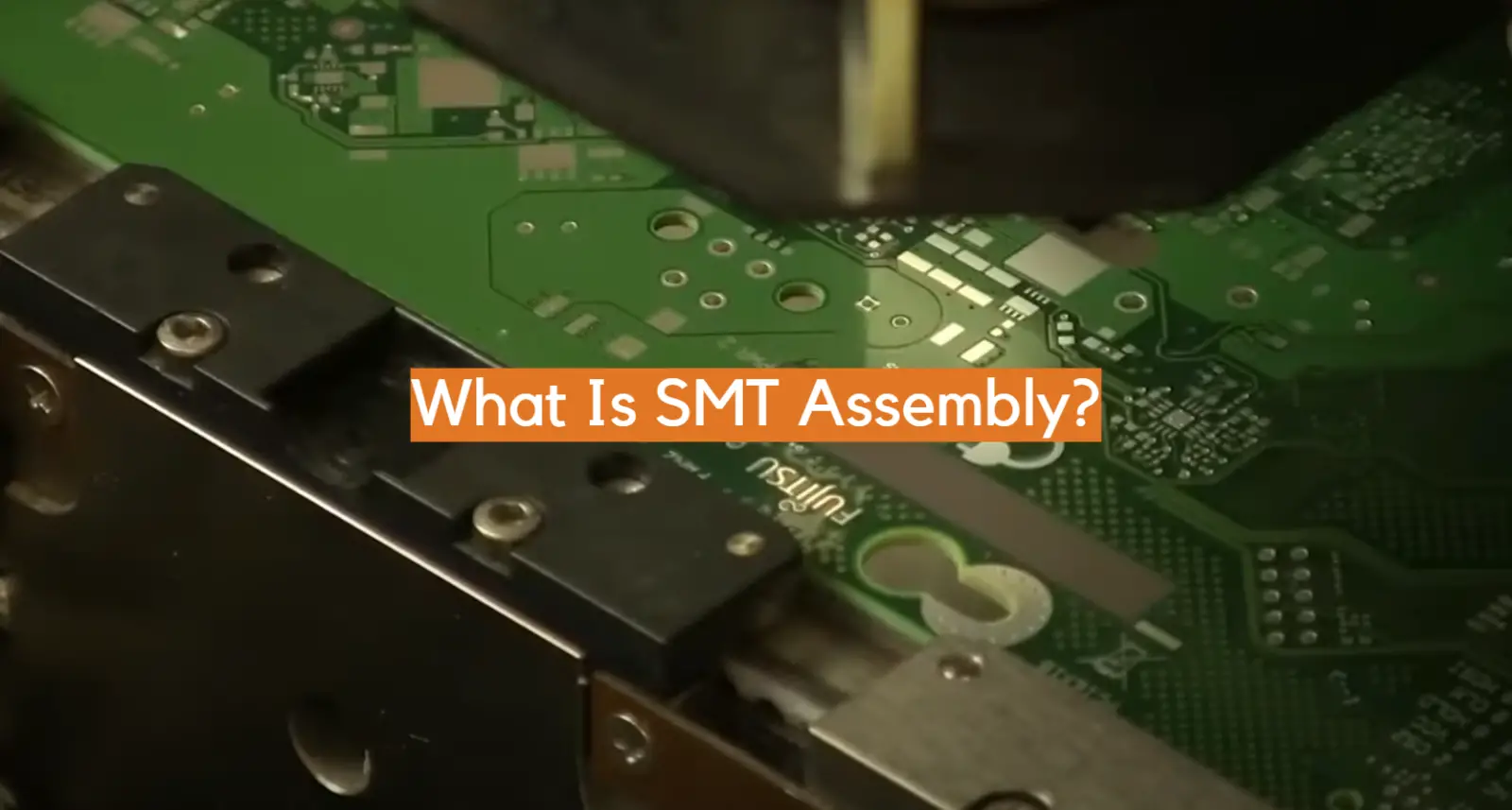




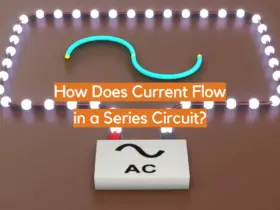
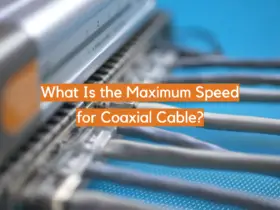


Leave a Reply